Vietnam a shining star in the dark COVID-19 skies
 |
| Jacques Morisset - Lead economist World Bank in Vietnam |
Since the end of April, the government has eased social distancing with the reopening of schools as well as many shops and restaurants. This gradual return to normality is well captured by the recent trends in Google mobility indicators, which rose by 13 per cent between mid-April and the second week of May..
This sentiment explains why the economy is expected to rebound in the second part of 2020 according to the latest World Bank and International Monetary Fund projections. Bear in mind that the economy was hurt, but it is not dead.
GDP was still expanding at a respectable rate of 3.82 per cent in the first quarter of 2020, and the external sector – Vietnam’s main engine of growth – continued to be vibrant. Exports were up by 5 per cent during the first four months of the year, while foreign investors were still knocking on the door with over $12 billion of foreign direct investment registered between January and April.
The domestic sector was affected, principally during the three weeks of the most intense lockdown in April, but it demonstrated signs of resilience. A good indicator is that the level of electricity consumption only declined by 4 per cent in April (compared to the same month in the previous year), which is much lower than the 20–30 per cent downfall reported by China and EU countries during their lockdowns.
Of course, some businesses and people have been severely hit, notably in the tourism and passenger transport sectors. Yet, overall, the Vietnamese economy has been extremely resilient during these unusual rough times.
But Vietnam has been smart, too. Like in most countries, the authorities here have used a package of monetary and fiscal policies to help the most affected people and businesses. Yet, the quality of the Vietnamese government’s COVID-19 response has been a combination of foresight and pragmatism. There are three concrete illustrative examples.
The first is fiscal management. The government was ready to face COVID-19, as it had accumulated significant cash-flow reserves, thanks to its prudent fiscal management before the crisis. In addition, in line with its own standard fiscal rule, the country has set aside 5 per cent of its 2020 budget as contingency funds to be used in case of catastrophe. As a result, the government was able to respond immediately to the crisis both at the central and local levels, without additional domestic and external borrowing.
Second is trade and logistics. The slowdown in global trade, which is projected in the range of 15 per cent–30 per cent by the World Trade Organization in 2020, has been a main area of concern for Vietnam. As it is one of the most open economies in the world, the authorities have reacted quickly to reduce logistical costs facing exporters and gave instructions to cut red tape, reduce fees, and streamline procedures in customs and in main transport hubs.
Third and finally is the digital response. While Vietnam has been known for its dynamic export sector, its digital development has been lagging. In response to the COVID-19 crisis, the authorities have now embarked on a series of reforms, including the intensive use of digital tools to fight the pandemic.
The government is now considering the introduction of digital money through a new e-payment system to reach the two-thirds of the population who still lack access to bank accounts.
In the face of adversity, Vietnam has been able to tap a long tradition of preparing for the worst while staying flexible to adopt crucial reforms and transition toward the new normal. This combination of foresight and pragmatism has been applied in the COVID-19 crisis with considerable success.
Let’s hope that its experience can help other countries that have been much less well-prepared for the crisis.
What the stars mean:
★ Poor ★ ★ Promising ★★★ Good ★★★★ Very good ★★★★★ Exceptional
 Tag:
Tag:
Themes: Together We Win
- Greater Mekong Subregion executives to discuss sustainable tourism
- TCPVN donates 1,200 medicine bags to COVID-19 patients in southwest
- AB InBev supports orphans with scholarships amid COVID-19
- Evaluating the reach of support in turbulent times
- Gamuda Land grants “Back to School” scholarships to support disadvantaged students
Related Contents
Latest News
More News
- Industrial real estate stocks benefit from US election results (November 07, 2024 | 13:56)
- 2024 sees $1.41 billion in fintech funding so far (November 07, 2024 | 08:13)
- Trump at 266 electoral votes, Harris at 195: US media (November 06, 2024 | 14:30)
- Hanoi targets digital and high-tech investment with upcoming event (November 06, 2024 | 13:28)
- Public transport and real estate: The rise of Transit Oriented Development (November 05, 2024 | 15:06)
- Competition focuses on fostering circular economy (November 05, 2024 | 14:00)
- Digitalisation paves way for logistics market to compete (November 04, 2024 | 17:00)
- Green is new buzzword for logistics arena (November 04, 2024 | 15:31)
- Vietnam Economic Pulse Forum discusses sustainable growth (November 01, 2024 | 17:30)
- 2024 may be Vietnam's most successful year for FDI (November 01, 2024 | 16:10)


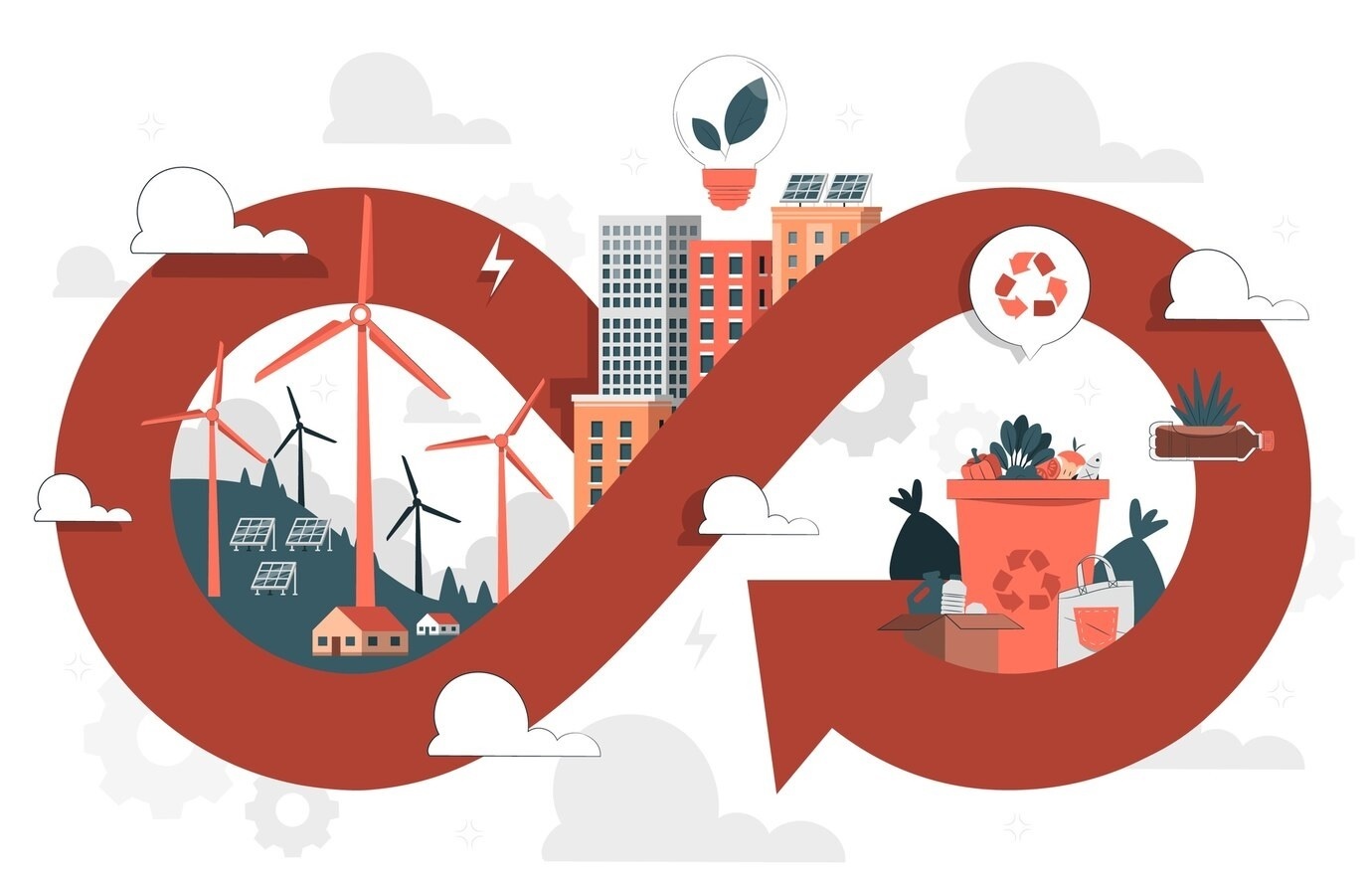



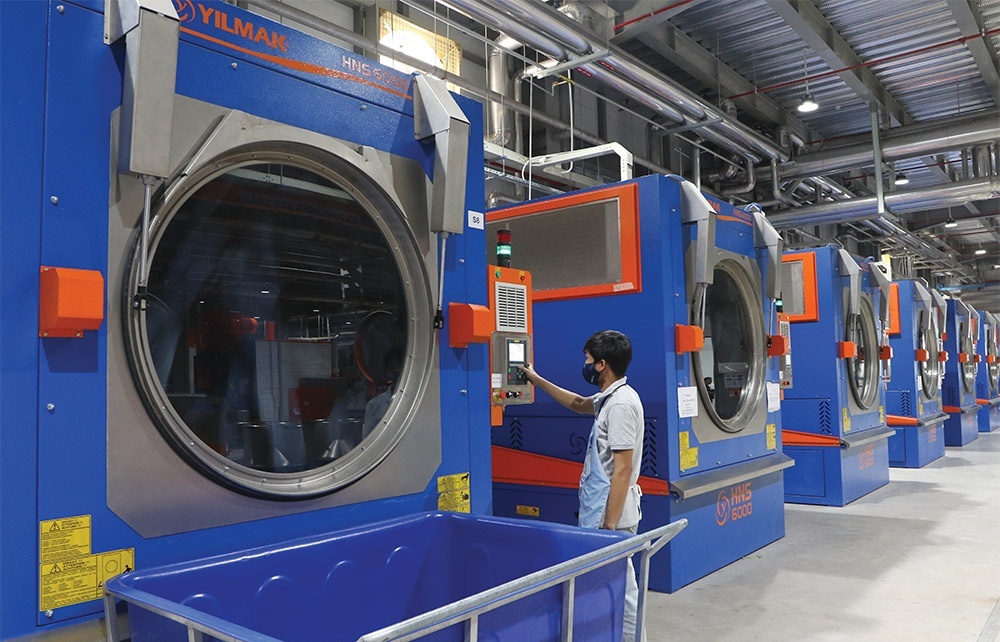
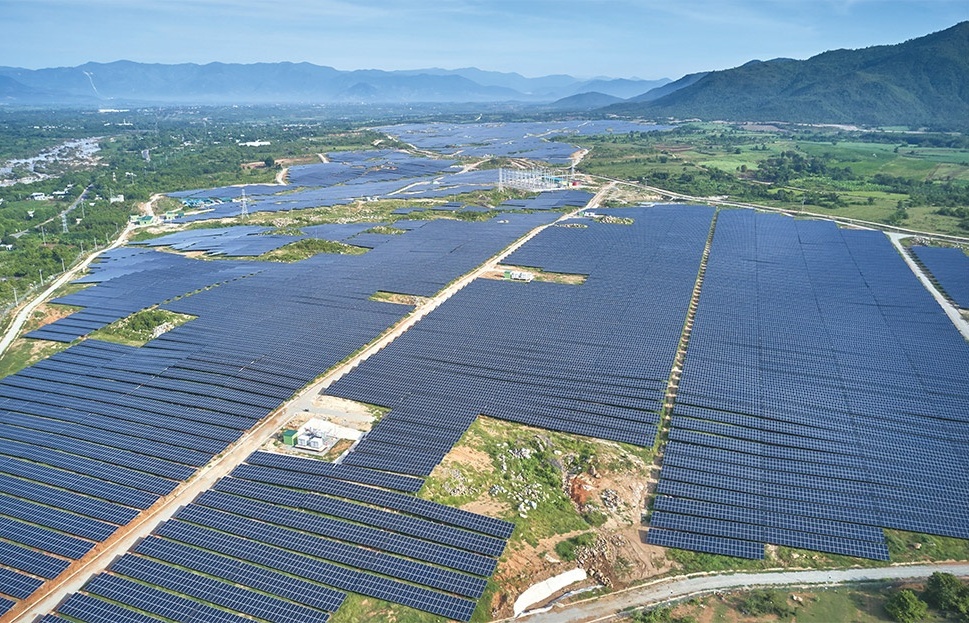



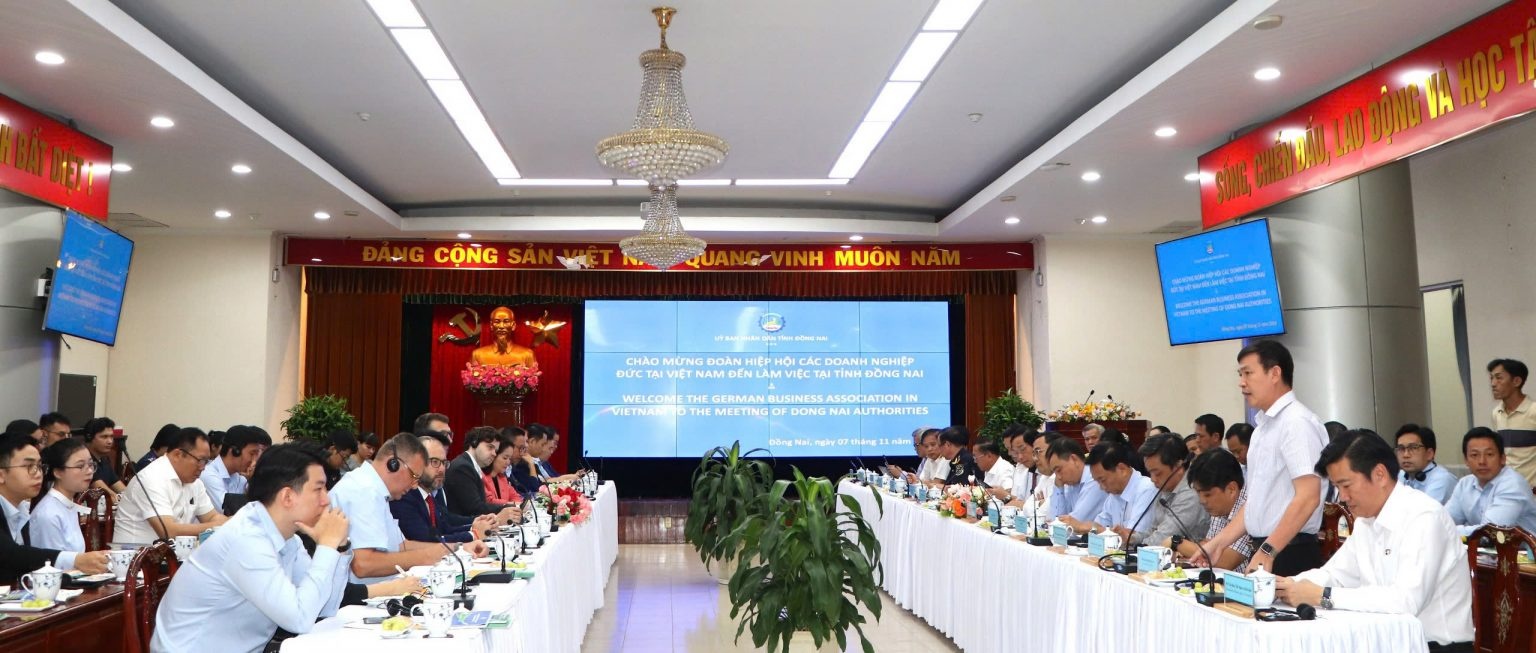

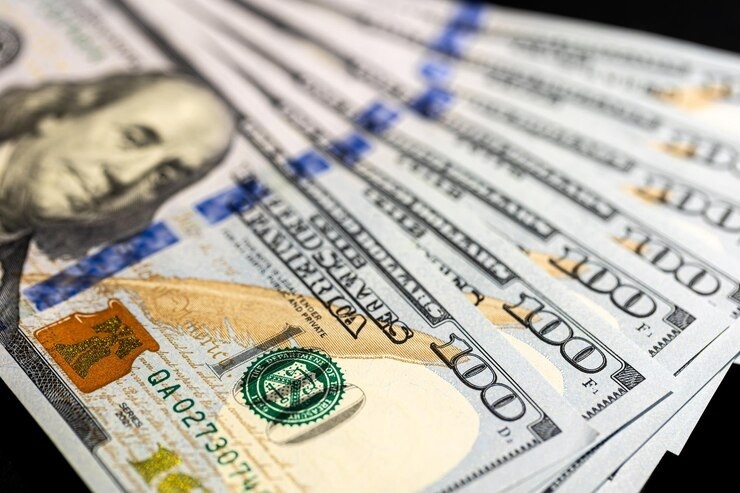








 Mobile Version
Mobile Version